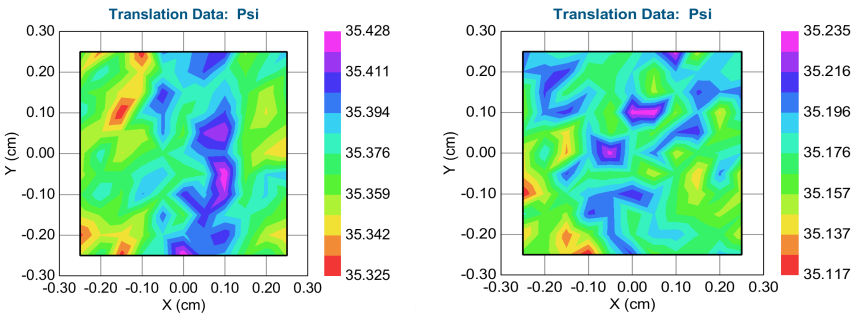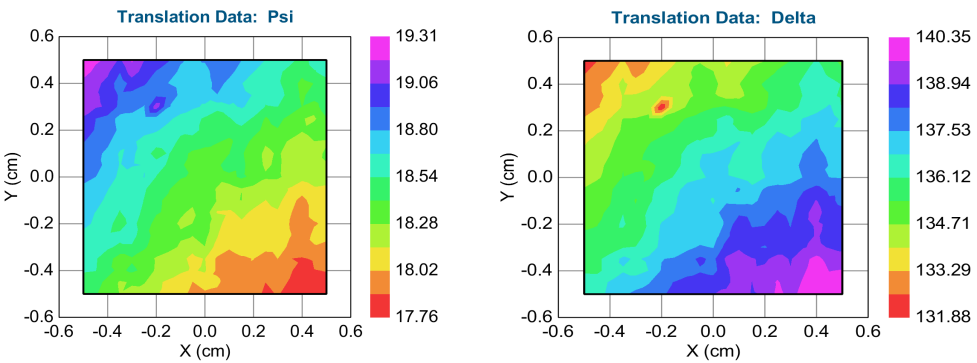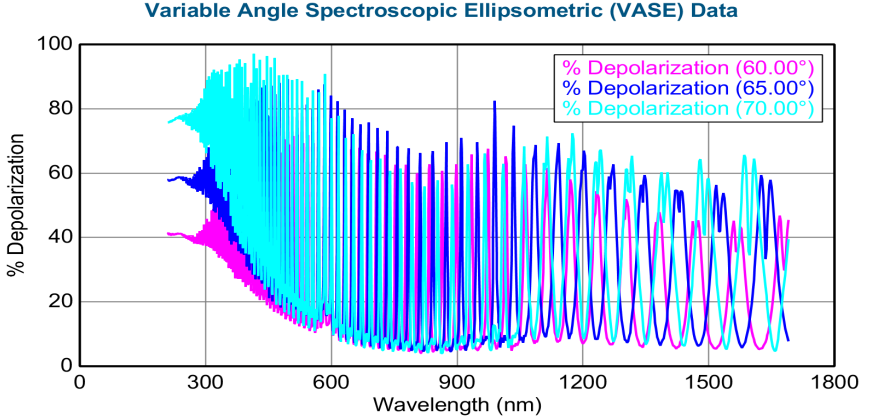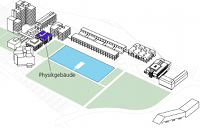Position Indication:
Content

2013 - Marilu M. Medina
Ellipsometrical Study of Polished Metallic Surfaces and Dielectrics
Research stay at the Institute of Physics, Norwegian University of Science and Technology (NTNU) in Trondheim, Norway 02.11.2014 - 13.11.2014
Maria de Lourdes Miranda Medina
Contact: lastname(/\t)ac2t.at
I am a PhD student under the supervision of Prof. Kurt Hingerl at the Center for Surface and Nanoanalyticis (ZONA). The objective of this stay was focused in learning how to operate a dual rotating compensator ellipsometer (RC2) and explore its capabilities to characterize 4 types of samples: highly polished steel surfaces with “orange peel” defects, Ga nanoparticles of four different sizes deposited on Si samples (one size per sample: 25nm, 50nm, 80nm and 160nm), diffracting samples (gratings) and thick SiO2 layers (5µm and 10µm) deposited on Si substrates.
As a first activity Prof. Kildemo, who was the host in NTNU, introduced the RC2 ellipsometer to me and provided me training to operate the device. Among the capabilities of RC2 ellipsometer is the acquisition of ellipsometrical parameters in reflection and transmission mode for 1067 wavelengths contained within the visible and near infrared electromagnetic range. In addition, the main advantage of using RC2 over other ellipsometers is that besides ellipsometrical parameters, Mueller matrix elements and the percentage of depolarization of light can be obtained in only one single measurement, resulting in the determination of the sample features in a shorter time. The percentage of depolarization, defined from 0 to 100, is a useful parameter that could indicate inhomogeneity of samples, noise from the device or incoherent superposition of waves because of e.g. thick layers. Moreover, this device has several accessories that can be implemented to e.g., reducing the spot size of the source when the sample is too small, mainly used for nano imprinted structures, or performing automatic measurements in x-y stage to analyze big areas.
Subsequent activities are summarized in the acquisition of a series of measurements that were performed at various incident angles and using special configuration of the device according to the demands of the samples size. General remarks as well as results corresponding to each type of samples are listed as follow:
- In order to detect the orange peel structure on highly polished metallic surfaces, an x-y scan of the surface (1cm x 1cm) was done on samples with low and high “degree of orange peel”. In figure 1, no significant differences between the degrees of orange peel were observed in the measured Mueller matrix values.
- The study of samples with Ga nanoparticles implied a reduction of the spot size up 100µm diameter by attaching focusing probes to the source and receiver of the RC2. Ellipsometrical measurements were sensitive to the size of particles, being possible to distinguish between the 4 samples by observing the shifting in the resonance of the ellipsometrical spectrum.
- Depolarization effects were observed in the ellipsometrical spectrum obtained from a diffracting sample (e.g. grating). These effects have to be considered in the optical model that describes the sample.
- The x-y scan test (1cm x 1cm) done at 65° over the SiO2/Si sample reveals an inhomogenity thickness of the SiO2 layer observed in the ellipsometric parameters “psi” (Fig. 4 (a)) and “delta” (Fig. 4 (b)). Such inhomogeneity has as consequence a high percentage of depolarization even present in areas approximately of 1mm2 (See Fig. 4 (c)).





The main objective was successfully achieved and beyond the interesting obtained results that have to be analyzed in detail, this stay brought me additional benefits as the opportunity to have discussions with Prof. Kildemo, who is an expert in the topic and provided me some inputs to continue developing my PhD thesis.


 Audit hochschule und familie
Audit hochschule und familie

